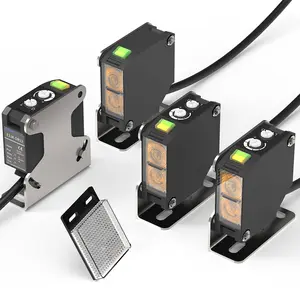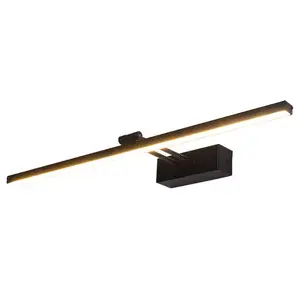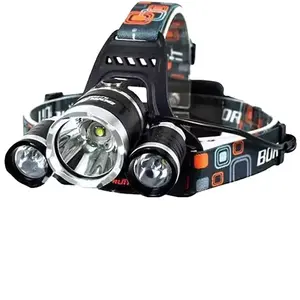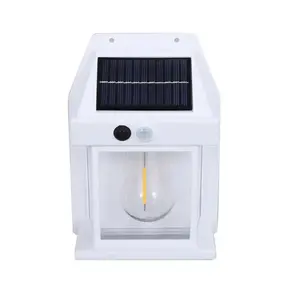Popular in your industry






































































Top categories
About analog ambient light sensor
Analog Ambient Light Sensors: An Overview
Analog ambient light sensors are critical components in modern electronics, offering the ability to detect and respond to varying light conditions. These sensors convert light intensity into an analog signal, which can be processed by a variety of devices for adaptive functionality.
Types and Features
There is a range of analog light sensors available, each designed to cater to specific requirements. The analog ambient light sensor V2 is a notable example, known for its enhanced sensitivity and compact form factor. These sensors typically feature a photodiode, operational amplifier, and output signal processor, providing a seamless analog signal that corresponds to ambient light levels.
Applications of Analog Light Sensors
The application of light sensor analog devices spans across various industries. They are commonly found in consumer electronics, such as smartphones and laptops, where they adjust screen brightness based on environmental light. Additionally, they serve in energy management systems to control lighting, contributing to energy efficiency and comfort in smart homes and buildings.
Materials and Construction
The construction of an analog ambient light sensor typically involves a semiconductor material like silicon, which is sensitive to light. The choice of materials ensures durability and consistent performance. The DFRobot ambient light sensor, for instance, is designed with a high degree of precision, ensuring reliable readings in diverse lighting conditions.
Advantages of Analog Ambient Light Sensors
Utilizing an analog ambient light sensor V2 1 comes with several advantages. These sensors provide a linear response to light intensity, which simplifies the integration with analog circuits. Their low power consumption and wide spectral response make them suitable for battery-operated devices and applications requiring a broad detection range.
Choosing the Right Sensor
Selecting the appropriate analog ambient light sensor involves considering factors such as spectral response, voltage range, and packaging. It is essential to match the sensor's specifications with the intended application to ensure optimal performance.
























